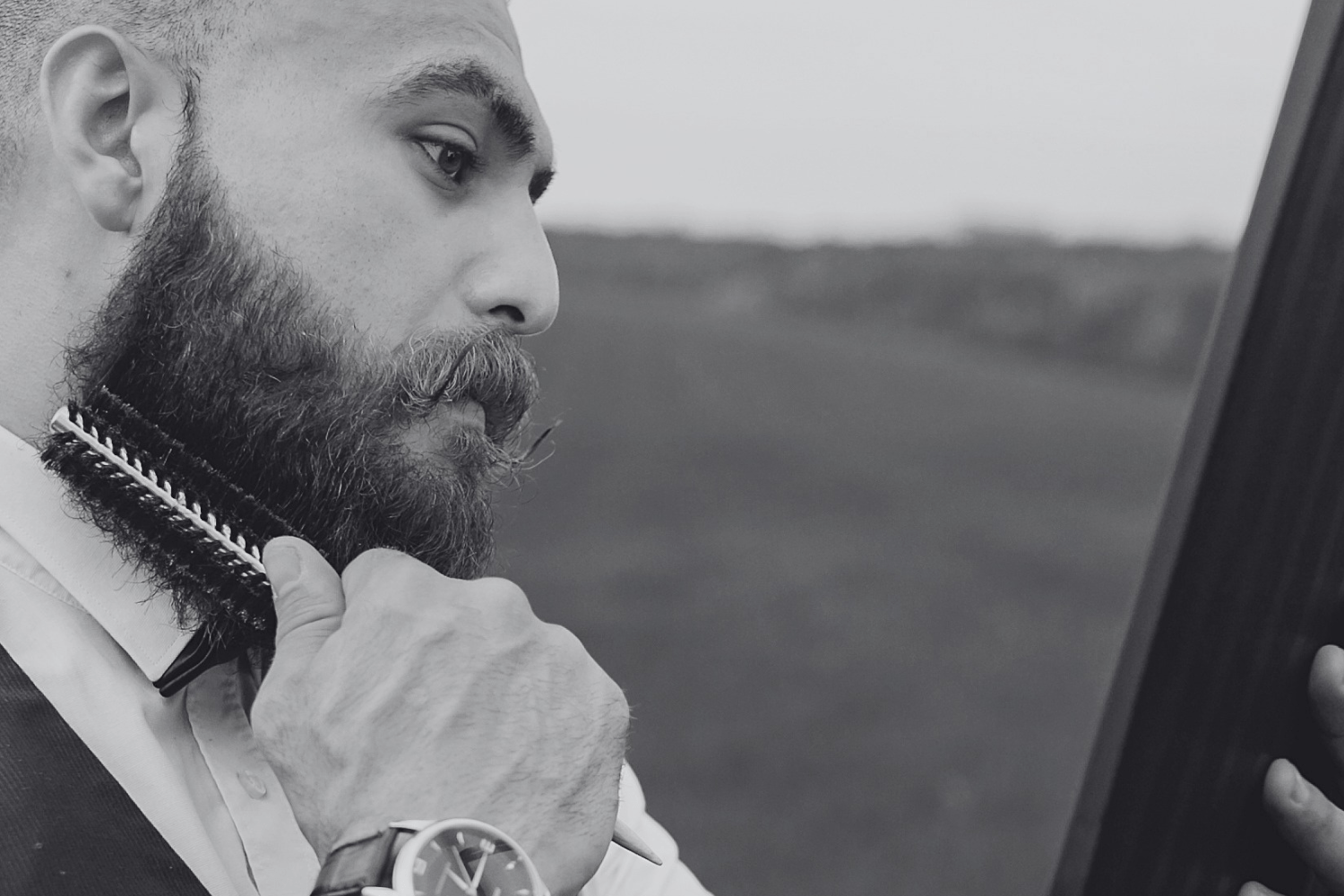
How long does it take to grow a beard?
Like anything that takes time - growing a beard can be likened to completing a marathon, not a sprint. For many, it can take ages for a beard to grow. For others, growing a beard seems near impossible. So, exactly how long does it take to grow a beard?
The factors that influence how long it takes to grow a beard
On average, a beard grows around 1.25 cm a month. This comes up to 15 centimetres of beard growth a year. However, beard growth is often determined and influenced by a number of factors:
1. Genetics
When it comes to beard growth, genetics play a huge role. As genetics pass on features from your parents to you, they will influence things like how tall you will grow, physical facial features, as well as hair growth and texture. As such, your beard growth is often influenced by genetics passed on by your family’s genes.
However, even with strong genes (ie. Your father has no problem growing a beard), a beard takes time to grow. Genetics can influence how fast, full, and healthy your beard growth will occur.

Takeaways:
- Genetics play a big role in beard growth
- Genetics influence how quickly, how full, and the texture of your beard growth
2. Age
Age is a determining factor when it comes to beard growth and how long it takes. Our facial hair grows best in teenage years or early twenties. As our testosterone level is the highest during this period of our lives, it is the best time to grow a beard. Naturally, our testosterone level declines slowly by the end of our twenties and continues to do so over our lifespan. As such, hair follicles become less active, resulting in it taking longer to grow a beard as we get older.
Takeaways:
- The older you get, the longer it takes to grow a beard
- If you want to start growing a beard, start now
3. Hormones
Hormones are the most significant driving factor in your natural hair growth rate - most notably, testosterone hormones. Testosterone is the fuel to get you to a full beard. As already mentioned, natural testosterone levels can change over time.
Another hormone important to your beard growth is DHT (dihydrotestosterone). This is a by-product of the testosterone production in your body. It helps with the development of male characteristics, including facial hair growth.
Takeaways:
- Testosterone and DHT are two crucial factors when it comes to growing a beard
- You can actively influence natural testosterone levels, for example, with regular exercise, good sleep, and a healthy diet
4. Overall health
Your overall health will influence how long it takes to grow a beard. As mentioned earlier, you can actively improve your overall health to increase the right hormones, which can increase the rate at which you grow a beard.
What to consider for overall health when growing a beard:
- A healthy diet: A healthy diet is one of the most beneficial you can do to improve your beard growth. Eat a diet rich in protein, healthy fats, and zinc. Food like beef, chicken, pork, nuts, whole grain, legumes, sesame, pumpkin seeds, spinach, and mushrooms are great for the hormones that can help your beard grow.
- Enough sleep: Getting 7 to 9 hours of sleep is ideal for keeping your testosterone level high and healthy for beard growth.
- Exercise: Regular exercise is excellent for your overall health and hormone levels.
- Less stress: Stress is bad for your overall health, and can impact your hormone levels. If you can reduce stress, this is going to better your health, and improve beard growth abilities.
The four stages of beard growth
Factors aside, growing a beard takes time. Here are the main for stages of beard growth that you can expect:
1-2 weeks: the stubble stage
The most challenging period of growing a beard is the beginning. During this time, your facial hair is short, spikey, and stubbly, which can be itchy and uncomfortable. We’ve all been there before. If you do have skin irritation, try to keep your skin hydrated by using a beard oil or something similar.

2-8 weeks: patchy facial hair
Weeks 2-8 will see your beard becomes less stubble, more hair growth as the length slowly increases. However, this can occur in different areas at different rates – often resulting in a patchy, uneven beard. Be patient – your hair follicles will slowly fill these patches in.
2-3 months: short-length beard
Around 2-3 months in, you’ll have yourself a nice short, tame beard. At this stage, you can start grooming and maintaining the hair you’ve grown – make sure to comb, wash, and style your beard accordingly. And if you need some sculpting, visit your local barber and get them to tidy things up.
3-4 months: a full beard
3-4 months in, you’re officially a beard boy – congrats! From here, it’s all about maintaining and growing the beard out to the length that you desire.
Wrapping up
So, how long does it take a beard to grow? Unfortunately there’s no single answer to this question – it often comes down to genetics, hormones, overall health, and age. However, there are different stages in which the average beard grows. The main takeaway? All good things take time.
